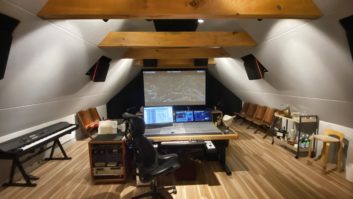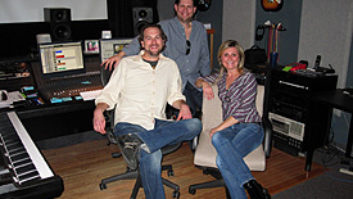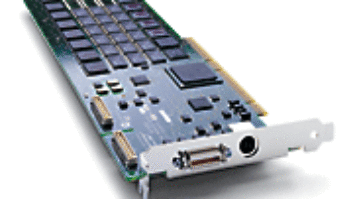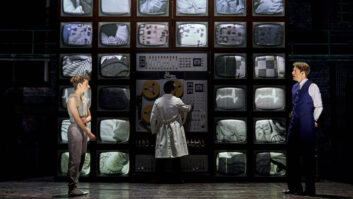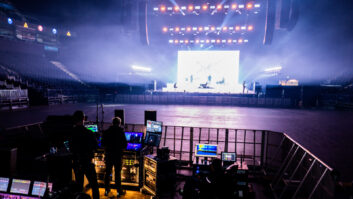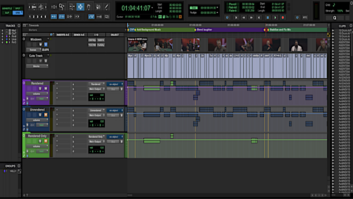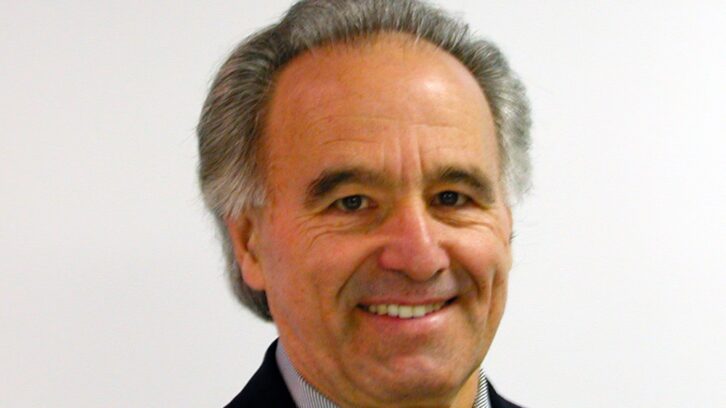
Zach Edey is 7-foot, 5-inches tall and plays basketball for Purdue University. He’s a center, obviously, the reigning NCAA Player of the Year, and he passed up tens of millions of NBA dollars this past summer to return for his senior year. He let it be known that he wants to win a national championship and that he’s still having fun. A Toronto native, he credits much of his success to the fact that he played a wide range of sports throughout childhood, especially hockey. Even at that height, and he’s always been the tallest person wherever he goes, he didn’t start playing basketball until age 15.
Tony Gonzalez is in the NFL Hall of Fame, considered by many to be the greatest tight end ever. In the mid-1990s at UC Berkeley, he was an All-American football player and a starting power forward on the Cal basketball team. More than once, he talked about how years of crashing the boards, calculating the angles of the ball bouncing off the rim while simultaneously jumping and twisting his body to grab a rebound, made him better at catching passes and running down the field while people were trying to knock him down. He considered himself an athlete first.
Let’s switch from sports to music. Producer/engineer Jacquire King has been known to credit much of his studio success (Kings of Leon, Norah Jones, many others), and really his studio approach, to the 10 years he spent at the start of his career as the house mixer at Slim’s, the late, legendary San Francisco club owned by Boz Scaggs. You have to make creative decisions fast when you’re mixing live, I remember him telling me, especially with a new band every night. And you don’t have the luxury of fixing a bad channel or waiting for someone to bring you a replacement outboard limiter. But, he says, the experience was fundamental in shaping how he works and who he is today.
If Zach Edey had been born in the United States instead of Canada (or had different parents), it’s not likely he would have played much hockey as a child; more likely, he would have been handed a basketball by age 4 and been sent to elite camps year-round, with home-schooling in between. If Tony Gonzalez had been born 15 years later, there’s no way he would have been allowed to play two major college sports. And if Jacquire King had been born a digital native, with his primary audio education and production skills revolving around his laptop, I doubt…well, Jacquire would still be a Grammy-winning engineer, but I doubt he would have stayed at Slim’s the full 10 years,
While it isn’t all that unusual for a football player to hit the basketball court, or a live sound mixer to work in the studio, the world as a whole is sliding into an age of specialization. Every parent knows this, longing for the days of old when a “kid could just be a kid,” while at the same time enrolling their sixth-grader in SAT prep courses, or insisting that there’s not enough time in the week for karate classes at the rec center when their fourth-grader is preparing for a career in dance. I was outraged when public schools started to eliminate music programs. Now I’m mortified as I watch public universities across the country start to cut back, and in some cases eliminate, liberal arts programs.
Each and every person you run into is about so much more than “what they do.” Every background is unique, and every personality is built up over years and influenced by so many others. That’s one of the things I love most about the pro audio industry: The people are so damned interesting.
I remember back in the late 1990s, when the AES Show came to San Francisco, the Mix editorial team decided to publish a Vanity Fair-style feature, with full-page photos and very little text, to profile some of the great local audio personalities. We sent Steve Jennings out with a camera to shoot the great producer David Rubinson in full meditative pose, with legs crossed and palms up, atop Mt. Tamalpais. Skywalker Sound engineer Leslie Ann Jones is a foodie, so she posed in front of her backyard barbecue as she grilled lamb chops. There were a dozen others, but the point is, we wanted them all outside of the studio. We wanted a glimpse into who else they were.
I think it’s fantastic that Oscar-winning sound designer Mark Mangini plays a mean guitar and that the great Walter Murch spent years in his spare time researching and trying to solve Bode’s Law, a mathematical equation related to orbital bodies in space. I wouldn’t want to order the wine if Russ Berger were at the table; he knows too much! And I can hear the excitement in the voice of my buddy Evan Baake, who runs Power Station New England, when he’s about to head out for a weekend of fly fishing.
In this very issue, we find out that Dr. Peter D’Antonio is a scientist who brought his academic and research background in crystallography into the study of acoustics and studio design. He also plays bass. And he still records and plays gigs.
Everything we do informs everything else we do, and it’s up to us to understand that afternoons spent preparing a gourmet meal or mornings spent birdwatching is not time wasted outside of the studio. It’s all part of what each of us brings to the party.
